External to the Internal
- M. Forrest Hurlbut

- Jul 28, 2020
- 5 min read
Updated: Jul 29, 2020
From the Italian Renaissance to the present day, artistic depiction has shifted from the objective depiction of external space, to the subjective depiction of internal emotion.
From the 14th to the 16th centuries, artists developed the ability to depict external space as it appears in real life. To accomplish this, art was equally balanced with science in order to understand how objects are perceived in space.
To create the illusion of reality, artists utilized scientific methods, most notably linear perspective. A diagram of linear perspective shows how two orthogonal lines meet at a vanishing point in order to create an illusion of depth. This is the primary idea of the Renaissance, as artists utilized this tool to create the illusion of space on a flat surface.
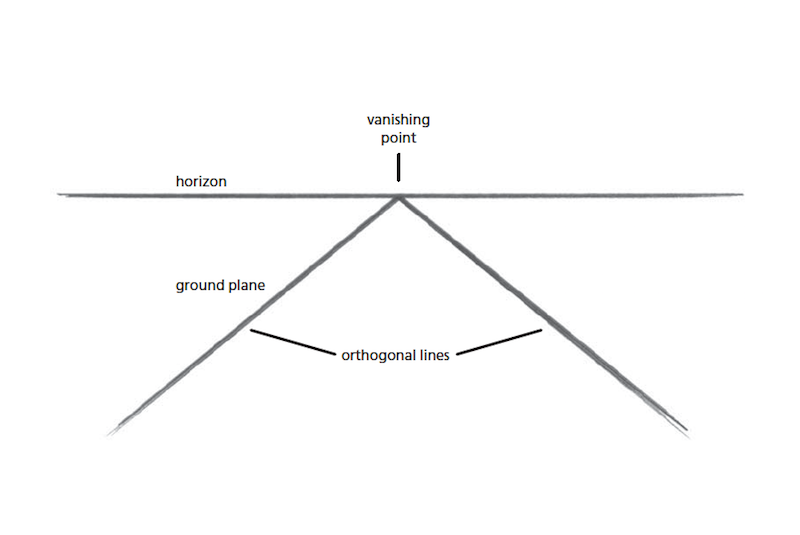
Comparing Medieval art before the Italian Renaissance, the improvements in rendering reality on a canvas are clear.
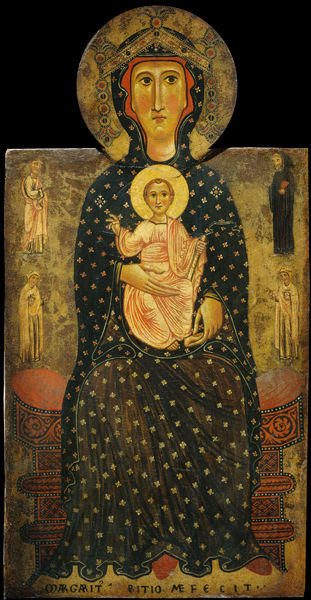
Margaritone d’Arezzo completed this depiction of St. Mary in 1270 about a century before the Italian Renaissance.
Sandro Botticelli depicted the same scene utilizing the scientific methods of the Italian Renaissance 210 years later.
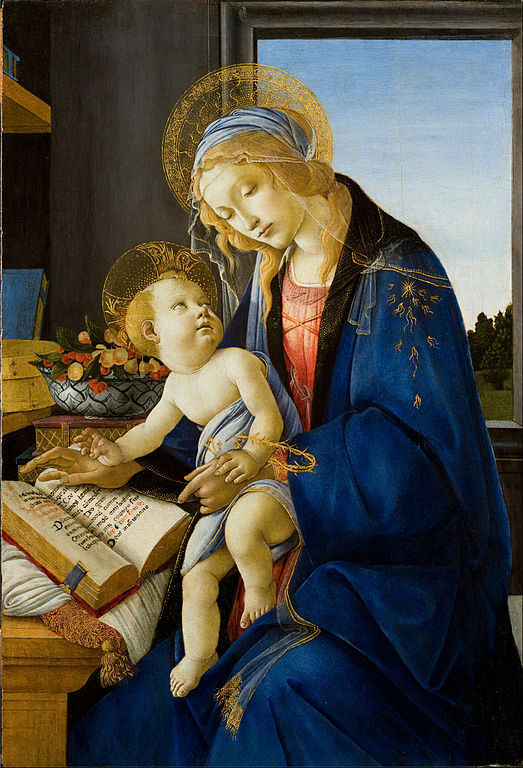
The mastery of realistic depiction is clear in Botticelli’s rendering, where the sense of depth and detail create a real life scene. In d'Arezzo's painting, the scene appears flat with a limited mastery of perspective. This rudimentary ability to depict real life space is highlighted by the four figures surrounding St. Mary, who appear as floating ghosts rather than existing on the same plane.
While Botticelli’s linear perspective is the core improvement, his ability to render detail far surpass d’Arezzo’s. The faces of Botticelli’s painting contain nuanced shadows in the eyes, nose and mouth in order to create realistic facial features. This precision extends to all of the body parts including the hands, ears and hair.
In d’Arrezo’s painting, St. Mary’s face and hands lack the sophisticated detail of Botticelli's St. Mary. Her face is a blank stare and her oversized hands reflect a lack of realistic nuance. The list goes on, including the background of the paintings and the textures of St. Mary’s fabric.
The improvement in rendering realistic space can be seen by comparing Leonardo da Vinci's The Last Supper to Duccio di Buoninsegna's medieval depiction.


In this earlier version, the planes of the ceiling, table and floor are all different resulting in an awkward appearance.
Versus Leonardo’s, the recession into space is seamless. The table, walls, and ceiling match the same geometrical plane thus creating an effective illusion of space.
Botticelli and Leonardo understood the laws of perspective in order to render objects and architecture as it appears in reality. This artistic philosophy illustrates how good art was considered the ability to depict space as it actually appears to the eye.
However, these improvements failed to capture the mysterious depths of the human condition. The existence of pain, pleasure, thoughts and dreams are internal experiences that paintings like the Last Supper and Botticelli’s St. Mary fail to explore.
After the Renaissance, the Baroque movement pushed the boundaries of objective reality into the realm of subjective reality.
The Exploration of Internal Emotion
While the things we see are important in understanding our world, the true mysteries and experiences of life lie in our internal thoughts and emotions.

Peter Paul Rubens’ painting, Raising of the Cross, demonstrates this exploration of internal experience. Overall, the painting has a dramatic arc that is unique to the Baroque period of the 1600s. This dramatic tone is built by diverse facial expressions, muscular bodies, and a range of skin tones. All of these elements generate a vivacious energy that enraptures the visual senses.
With these diverse forms, this painting explores subjective internal experiences. While Rubens uses the perspective techniques of the Renaissance, the exuberance of this piece pushes towards the realm of the unreal.
In 1482, Perugina depicted a similar scene using traditional Renaissance methods.
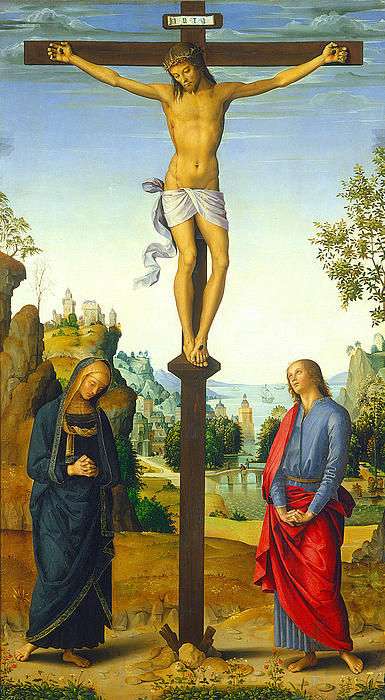
The use of perspective is clear, with the deep recession into the landscape. However, this scene lacks the intensity of Ruben’s emotionally charged rendering. Rubens broke through the static restraint of traditional renaissance painting, exploring a more subjective, emotional depiction.
Caravaggio was a revolutionary artist of the Baroque who pushed the dramatic in a unique way. In 1600, Caravaggio painted The Conversion of St Paul, utilizing dark shadows to create high contrast between light and dark. This high contrast combined with St Paul’s reaching gesture generates a dramatic dream-like energy.
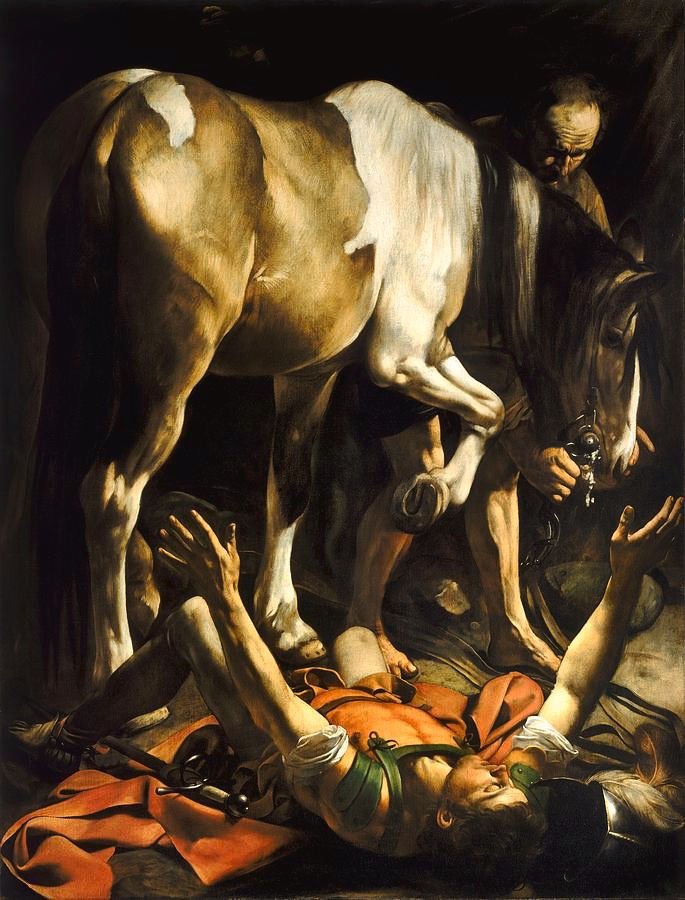
The work of Rubens and Caravaggio explore the internal complexities of human experience. The exuberance, energy and emotional arc of their paintings show an interest in the mysteries of emotions, thoughts, and dreams that break through the static nature of Renaissance painting.
This shift in the 1600s towards depicting dramatic internal experience continued into the 1800’s with the Romanticist movement. Artists of this period continued to push the boundaries of depicting internal emotion, rather than static external space.
Internal Mystery
Fuseli painted The Nightmare in 1790. Dreams and nightmares are one of the most mysterious phenomena of the human condition. These vivid experiences elude intense emotional responses which the Romanticist artists were keenly interested in. Their inexplicable occurrence and obscure nature reflect an interesting mystery of human existence.
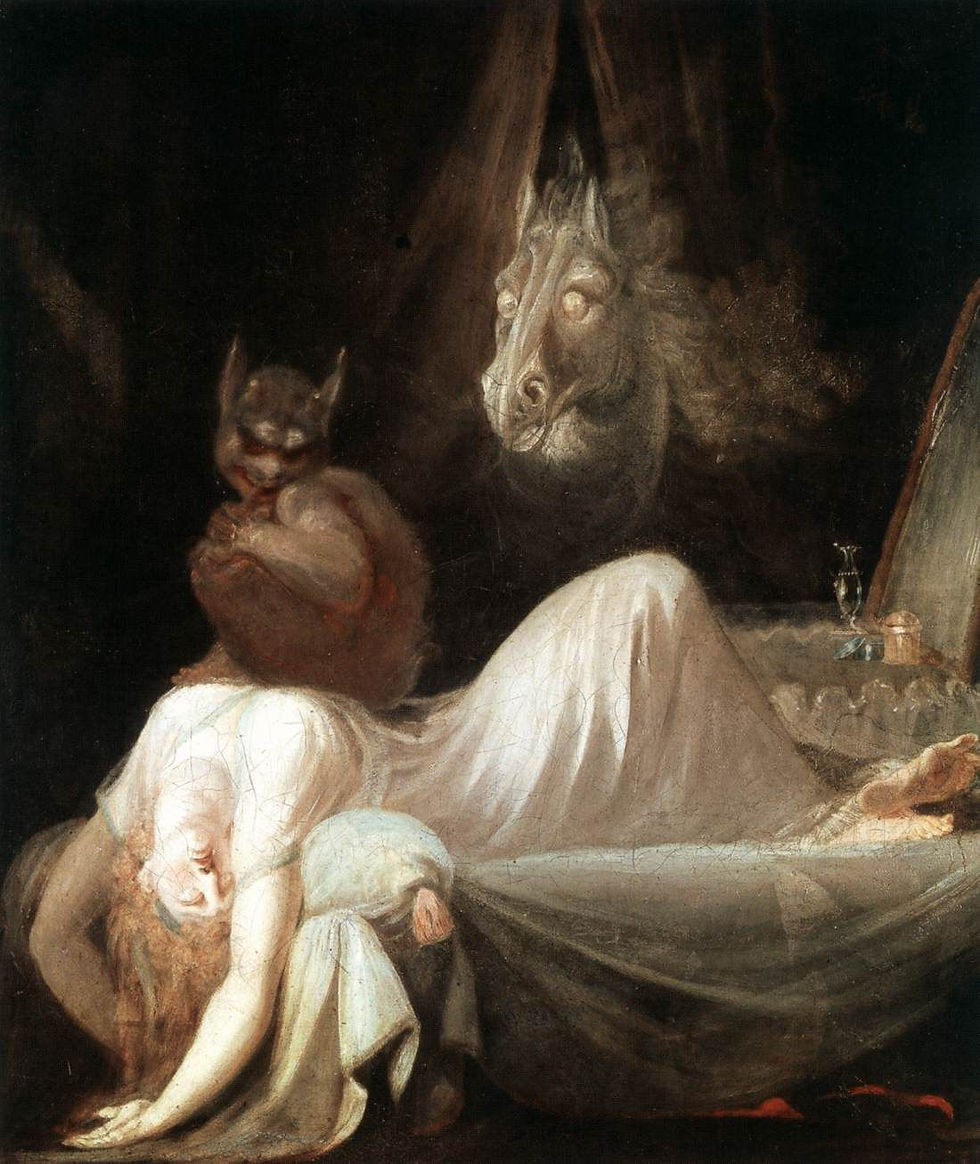
Another Romanticist artist, William Turner, further explored internal experience with his painting Snow Storm Steam-Boat off a Harbour’s Mouth.

Painted in 1842, Turner depicted his experience strapped to a mast in the middle of a raging thunder storm. The swirling brush strokes reflect this overwhelming experience, making it difficult for the viewer to decipher exactly what is happening.
The obscurity of the painting is intentional as Turner attempts to depict a complicated emotional reaction. This painting marks a critical shift in painterly depiction, as the artist uses abstraction to conceive an internal experience.
The more art pushes us to explore the complexity of our internal experience, the more abstract art becomes. Turner’s painting marks this turning point where solid objects blend and melt into obscure representation in order to explore the internal senses.
Modern Abstraction
This idea continues into the 20th century with Pablo Picasso, who utilized abstraction to communicate the complexities of warfare.
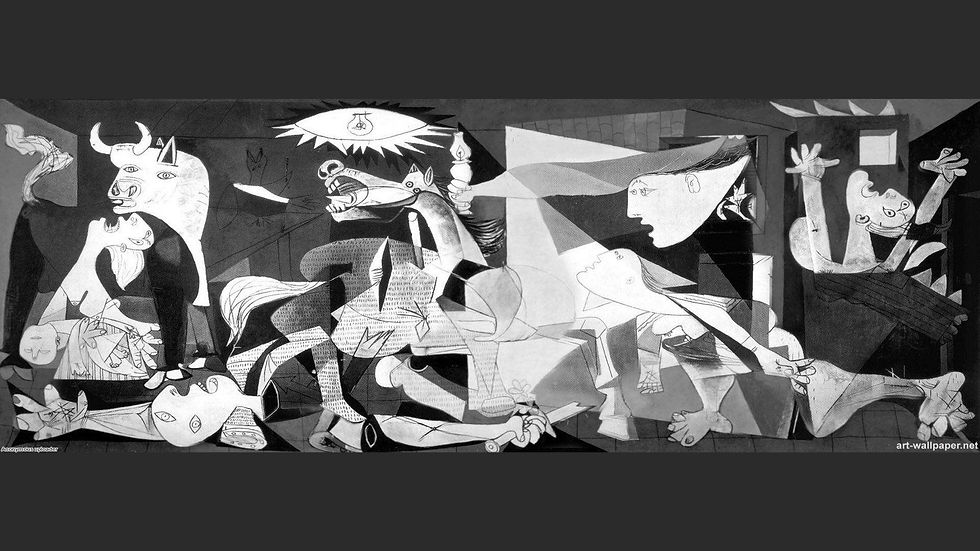
Painted in 1937, Guernica, depicts the aftermath of the Nazi bombing of the city of Guernica. The chaos, horror and destruction are represented through abstract forms that create this disorienting scene.
The depiction of animals and humans is warped and distorted illustrating how objects are perceived in a chaotic environment.
Turner and Picasso push the limits of pictorial representation in order to describe intense experiences. The emotional response to a bombing or a snow storm are complex internal reactions that abstraction can effectively communicate.
Eventually, any hint of solid figures disappear as art pushes deeper into the subconscious.
Deepest Recesses
Jackson Pollock completed Autumn Rhythm in 1950 attempting to depict the mysterious workings of the subconscious. At this time, any type of figural representation has vanished, in favor of depicting the deepest recesses of the human brain.

This painting marks a full circle, from the realistic depiction of the external to the subjective depiction of the internal. Artists now are attracted to the mysterious workings of our senses and emotions.
Maybe this illustrates that while science has answered many questions about our external world, art exposes the limitless depths of internal experience.



A fascinating perspective on Perspective... the trajectory from Renaissance art to Jackson Pollock!
Forrest your insight into this beautiful world is boundless. So proud of the work you are doing here!
Forrest this is really good. You have a talent for this.